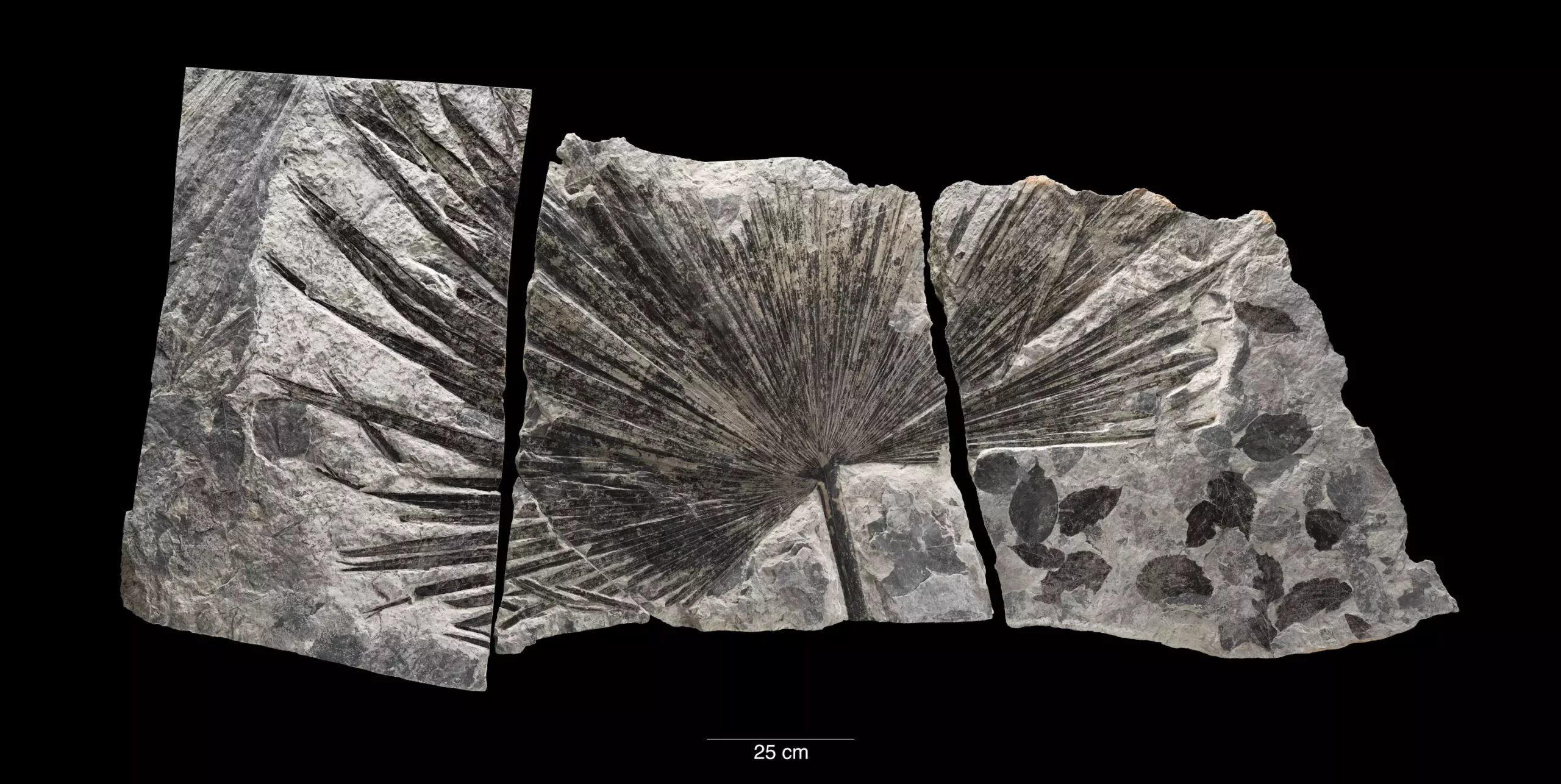Recent collaborations between the Smithsonian Institution and the University of Arizona have resulted in groundbreaking research that reconstructs Earth’s surface temperature across an immense timescale of 485 million years. This novel study, published in the esteemed journal Science on September 19, reveals that our planet has experienced more significant temperature fluctuations than previously acknowledged over the Phanerozoic Eon, the era during which diverse life forms evolved and numerous mass extinctions occurred. By using advanced data assimilation techniques, researchers have been able to create a detailed curve illustrating global mean surface temperature (GMST) over geological epochs, correlating it closely with atmospheric carbon dioxide levels.
One of the noteworthy innovations of this research is the application of data assimilation—an approach typically reserved for meteorological forecasting—adapted for paleoclimatology. Emily Judd, the lead author and former postdoctoral researcher at the Smithsonian, explained that rather than predicting future weather patterns, this method facilitated the reconstruction of ancient climates. By integrating geological data and sophisticated climate models, researchers gleaned insights that transcend mere fossil records, creating a more cohesive understanding of the climatic conditions that prevailed millions of years ago.
The research team, including prominent paleobiologists Scott Wing and Brian Huber, aimed to counter the challenge posed by the fragmented fossil record. Fossils provide critical data, but they only represent isolated snapshots rather than an overarching global picture of temperatures through time. In an illustrative metaphor, Judd likened this endeavor to assembling a jigsaw puzzle with only a mere handful of pieces, thereby emphasizing the significance of an accurate and comprehensive temperature curve.
The resulting temperature curve reveals that Earth’s GMST has spanned between 52 and 97 degrees Fahrenheit (11–36 degrees Celsius) throughout the Phanerozoic. As the study elucidates, extreme temperature episodes are predominantly linked to increased carbon dioxide levels in the atmosphere, reinforcing the notion that CO2 serves as a critical driver of temperature across geological epochs. Jessica Tierney, co-author and paleoclimatologist at the University of Arizona, articulated this relationship succinctly: “When CO2 is low, the temperature is cold; when CO2 is high, the temperature is warm.”
Interestingly, the current GMST of 59 degrees Fahrenheit (15 degrees Celsius) is situated on the cooler end of the spectrum, indicating that contemporary Earth is experiencing a phase comparatively mild when juxtaposed with historical data. Nonetheless, the rapid rate of anthropogenic climate change—prompted by unprecedented greenhouse gas emissions—poses dire threats to global ecosystems and species diversity. As Tierney warns, humans and the life forms sharing our planet are accustomed to a relatively temperate climate; a swift transition to a significantly warmer one could be perilous.
By detailing fluctuating temperature patterns over such an extensive period, this study provides invaluable context for understanding current climate shifts. Wing contended that studying only the last few million years cannot sufficiently prepare us for the climate scenarios anticipated by 2100 or beyond—one must investigate even earlier epochs when the planet was significantly warmer to grasp potential future trajectories fully.
The stark reality is that several rapid climate change episodes during the Phanerozoic coincided with mass extinction events. Insights gleaned from past climates serve as cautionary tales for today’s ongoing environmental challenges. The correlation between swift alterations in natural climates and biological crises serves as a dire reminder of the potential consequences humanity faces if it does not take substantial action against climate change.
This study is just a milestone in an ongoing research initiative commenced in 2018 by Wing, Huber, and their colleagues, which also feeds into the Smithsonian’s exhibit on the history of fossils and Earth’s climatic journey. The temperature curve created through the PhanTASTIC Project is presently the most robust assessment available, yet researchers acknowledge that it is not the final word. Collaboration amongst scientists, including contributions from institutions like the University of Bristol, will continue to unearth valuable clues that could refine and enhance the accuracy of these climate reconstructions in the future.
The collective endeavor to articulate Earth’s temperature history serves not only an academic objective but also an urgent call to action in the face of climate change. Understanding past climatic shifts equips researchers and policymakers with the essential knowledge to navigate the environmental challenges of our age. With evolving methodologies and continuous investigations, the endeavor to decode the climatic narrative of Earth will yield further revelations that may inform our understanding of, and response to, an increasingly precarious future.
This research underscores the interplay between Earth’s historical climate and the vital need for proactive measures in mitigating the anthropogenic impacts that threaten biodiversity and ecosystems today.

